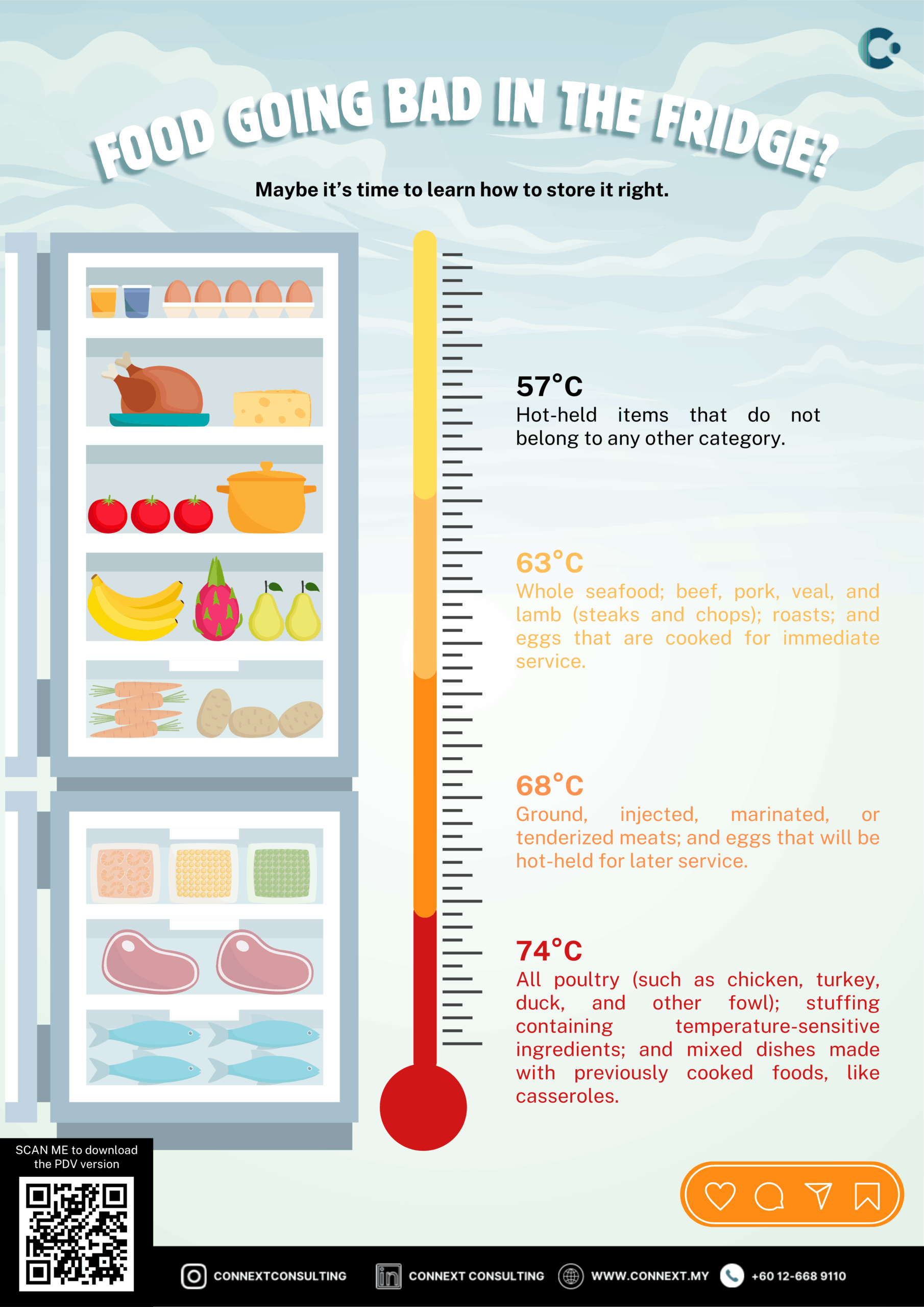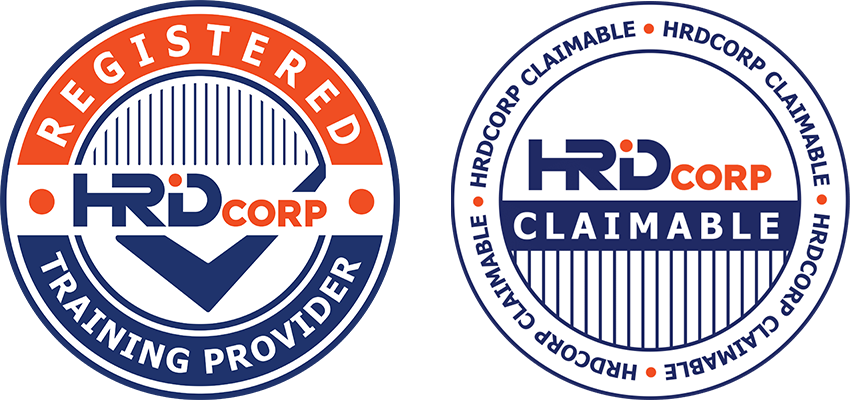
What Is the First Step in Developing a HACCP Plan?
In the world of food safety, a HACCP plan (Hazard Analysis and Critical Control Points) is more than just a regulatory requirement — it’s a proven system for preventing food safety hazards before they occur. Whether you’re launching a new food product or aiming to comply with local and international food safety standards, creating a robust HACCP plan is essential.
But where do you start?
Let’s break down the first and most crucial step in developing a successful HACCP plan — and why it sets the tone for everything that follows.
 Step 1: Assemble Your HACCP Team
Step 1: Assemble Your HACCP Team
The first step in developing a HACCP plan is to assemble a HACCP team. This team will be responsible for designing, implementing, and maintaining the HACCP system specific to your product and processes.
Why is this step so important?
Because food safety isn’t a one-person job — it requires a blend of technical knowledge, operational insight, and quality control expertise.
 Who Should Be on the HACCP Team?
Who Should Be on the HACCP Team?
Your team should be multidisciplinary, typically including:
- Production/Operations Staff – for insight into day-to-day processes
- Quality Assurance Personnel – to align with standards and testing
- Food Safety Experts or Microbiologists – for hazard identification and analysis
- Engineers or Maintenance Staff – to advise on equipment and technical flow
- Management Representatives – for decision-making and resource allocation
Each member brings a unique perspective that helps uncover potential hazards and ensures practical control measures are in place.
 Key Responsibilities of the Team:
Key Responsibilities of the Team:
- Understanding the product, its ingredients, and its processing flow
- Identifying potential food safety hazards
- Designing preventive and corrective controls
- Ensuring compliance with food safety regulations (e.g., FSMS, ISO 22000, FDA, etc.)
 What Comes After Forming the Team?
What Comes After Forming the Team?
Once your team is in place, the next steps include:
- Describing the product
- Identifying its intended use
- Creating a flow diagram
- Verifying the process flow
Then, the team begins applying the 7 Principles of HACCP — starting with a hazard analysis and moving on to critical control points, monitoring, corrective actions, and documentation.
A well-structured HACCP plan starts with the right people at the table. Assembling the right team ensures a thorough and effective approach to food safety — reducing risks, improving compliance, and building consumer trust.










